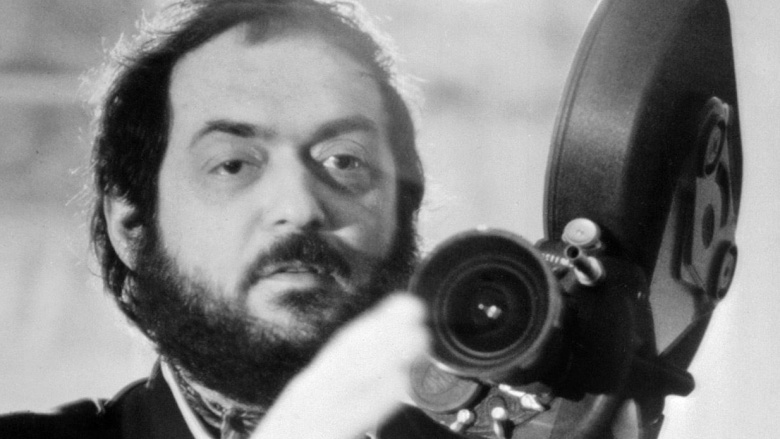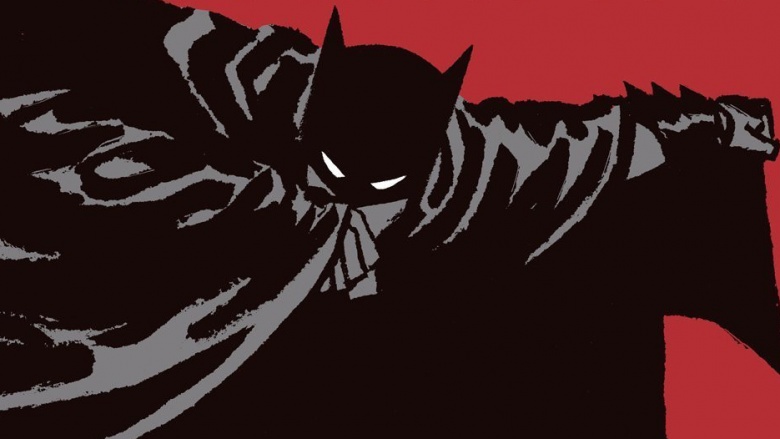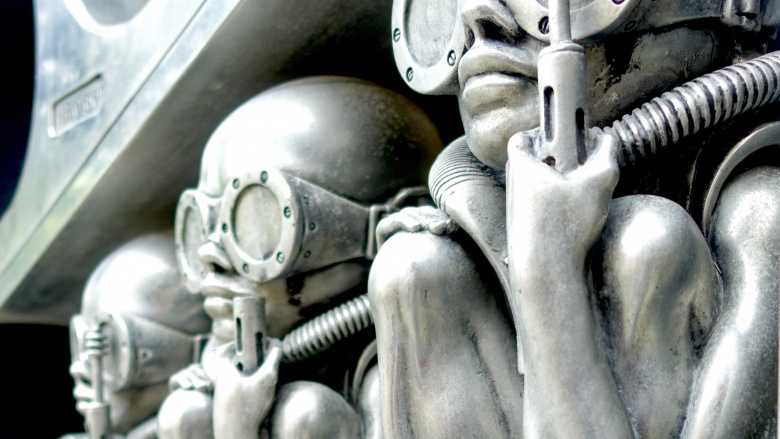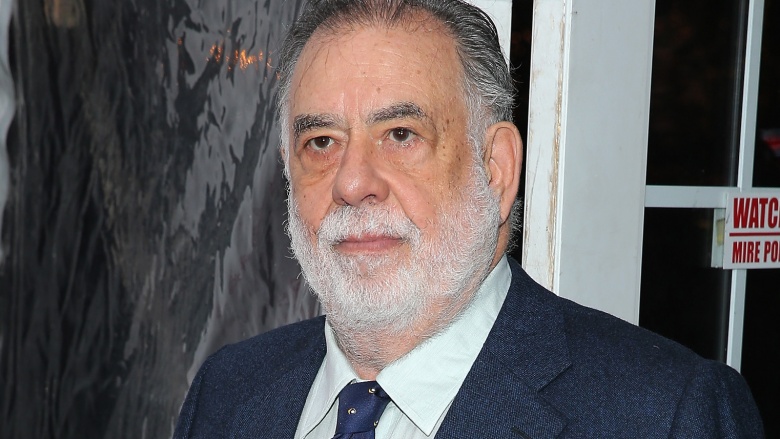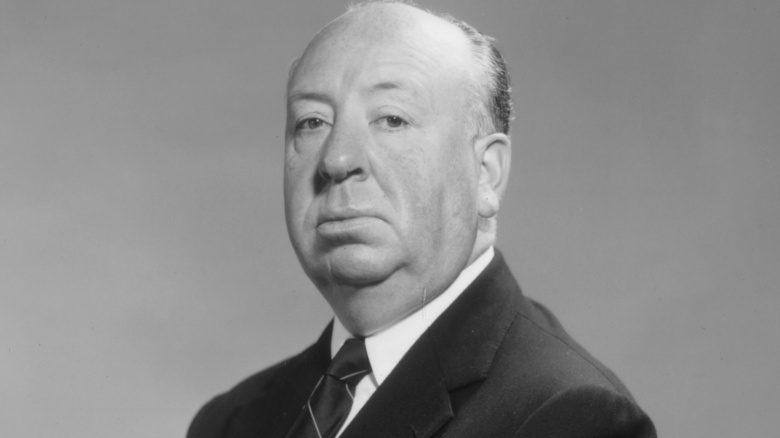The Best Scripts In Hollywood That Never Became Movies
Every year there are no shortage of movies that make us wonder "how did this ever get made?" This becomes all the more crazy when you find out what movies didn't get made that almost did.
George Miller's Justice League: Mortal
Before he was making the greatest movie you've ever seen, Mad Max: Fury Road, director George Miller was on deck to bring the Justice League to the big screen. The movie was not only scripted, it was cast and pre-production had begun before the whole thing was scrapped back in 2008. And it may have been one heck of a movie had it actually come to pass.
Miller's script included all the staples of the Justice League, including characters who had never made it to the big screen yet, like the Martian Manhunter, who would have been played by the same actor who played Immortan Joe in Fury Road. Effects house WETA was on board to bring characters such as Aquaman to life, and storyboards show scenes of Superman duking it out with Wonder Woman, a result of Superman being mind controlled by the film's villain.
With a projected budget of $220 million, the movie was cast with notables such as Armie Hammer as Batman, Adam Brody as the Flash, and Jay Baruchel as villain Maxwell Lord. However, due to issues with tax rebates and the Australian government, the filming was put on hold and moved to Canada, then put on hold again while Christopher Nolan finished his Batman trilogy. Eventually 2011's Green Lantern was greenlighted as a solo film that bombed, and the whole Justice League idea kind of fell apart while warner Brothers tinkered with the cinematic DC Universe some more.
Stanley Kubrick's Napoleon
Legendary filmmaker Stanley Kubrick had a vision to share the story of Napoleon, from his life as a young man in Paris to his impressive military career. The problem? Stanley Kubrick. If you've ever heard of Kubrick's filmmaking style, you'll know he was a perfectionist to a fault. Kubrick was willing to not just do a take a few times, but dozens and dozens of times to get it right. The shot of a tennis ball rolling into Danny's toys in The Shining reportedly took 50 takes. In the same movie, he made Shelley Duvall redo a single scene 127 times.
It's no wonder then that Kubrick's obsessive nature ended up sinking Napoleon. He spent so much time researching the film, another movie about Napoleon made it to production first and bombed at the box office. Eventually the studios lost interest completely, especially given the budget Kubrick was proposing: $5 million in 1969, which would be over $100 million in 2016.
Darren Aronofsky's Batman: Year One
In the year 2000, Darren Aronofsky was approached to reboot the Batman franchise, a full five years before Christopher Nolan's attempts. Aronofsky's plan was to adapt Frank Miller's legendary Batman: Year One, so he got the comic creator himself to adapt his work for the screen.
The basic story of Year One is familiar to most fans, even if they hadn't read the comic. Interestingly, many elements did eventually end up in Nolan's adaptation. Basically, it chronicles the story of how a young Bruce Wayne grows to become the Batman. He travels abroad and learns martial arts and other useful skills. Meanwhile Jim Gordon becomes a Gotham City cop and discovers there's all kinds of corruption in town. Eventually the two form a tenuous partnership to kick butt in Gotham.
The problem with the movie's production came from Frank Miller's script, which, for some reason, greatly altered his own storyline. Batman becomes homeless after his parents are killed, Alfred is a guy who runs an auto shop named Little Al, Batman learns to fight from reading books, and the Batmobile is a Lincoln Continental. The whole thing was so far removed from the actual story that everyone originally wanted to make, the entire project was scrapped.
The Tourist
Imagine Men in Black, but without the cartoony slapstick. The Tourist would have featured an alien subculture on Earth, hidden away from regular people and featuring all manner of weird, alien coupling in a special alien club in the heart of Manhattan. There, extraterrestrials of all different races hang out and complain about how lame Earth is. One alien in particular, a woman named Grace Ripley who works as a human and is a high powered ad executive, is desperate to get back to her home world.
The script, written by Clair Noto, was a huge hit in the early 1980s. H.R. Giger, designer of the xenomorph monster from the film Alien, was hired to design the alien races for this film, and a director was attached and ready to go. However, creative differences between producers and executives kept derailing the production.
Giger's alien designs were unsettling and overly sexual, but that was part of the script. That, along with a non-traditional story style and a script that would have been extremely expensive to produce, meant the product just never got any footing. However, it achieved legendary status and is generally considered to have been a huge influence on later screenplays, including Men in Black.
Francis Ford Coppola's Megalopolis
Director Francis Ford Coppola said he'd made Dracula, The Rainmaker, and Jack just so he could raise enough money to fund Megalopolis, a project that had been in development for years. The movie was to be a sci-fi epic about an architect's dream to transform New York into a Utopian city. Numerous big name actors were rumored to have read for parts in the film including Kevin Spacey, Nic Cage, Robert De Niro, Paul Newman, and more. It should have been a huge, sprawling film that featured not just great actors, but the very city of New York itself as a compelling character.
The events of September 11, 2001, forever changed the real New York City and, in turn, had to change the New York in Coppola's world. However, he had no idea how to incorporate what happened into his story, having obviously had no way to anticipate such an event. But given how dramatic and important September 11 is to New York's history, Coppola felt there was no way to not address it either. The result is a movie that may never get made.
Alfred Hitchcock's Kaleidoscope
Alfred Hitchcock is already remembered as the master of suspense and his Psycho still fascinates audiences today as one of the greatest thrillers ever filmed. Now imagine Hitchcock directing the story of a necrophiliac serial killer.
Kaleidoscope, and alternately referred to as Frenzy (though Hitchcock would use that again for a completely different project later in life), was heavily based around the true stories of various British serial killers. This included numerous grisly elements such as the necrophilia and disposing of the bodies in acid baths after the fact. The problem, as you might be able to guess, is that the film definitely came across as extremely sexual and violent. About an hour of test footage was filmed, but the studio disliked the idea of a movie that featured a serial killer protagonist who engaged in such creepy acts and the project was abandoned.


